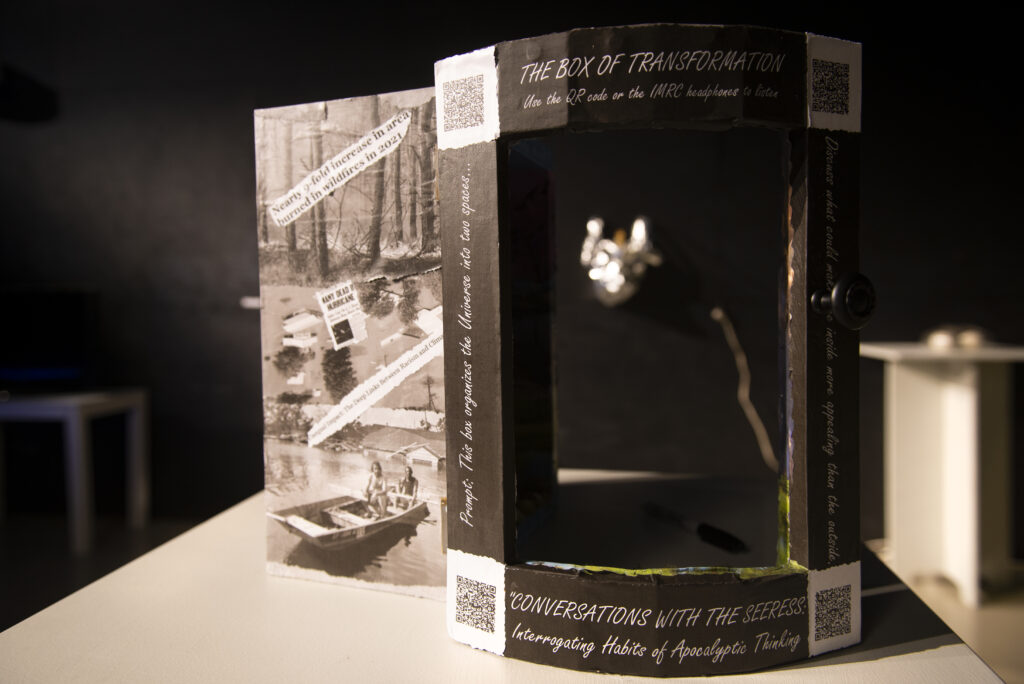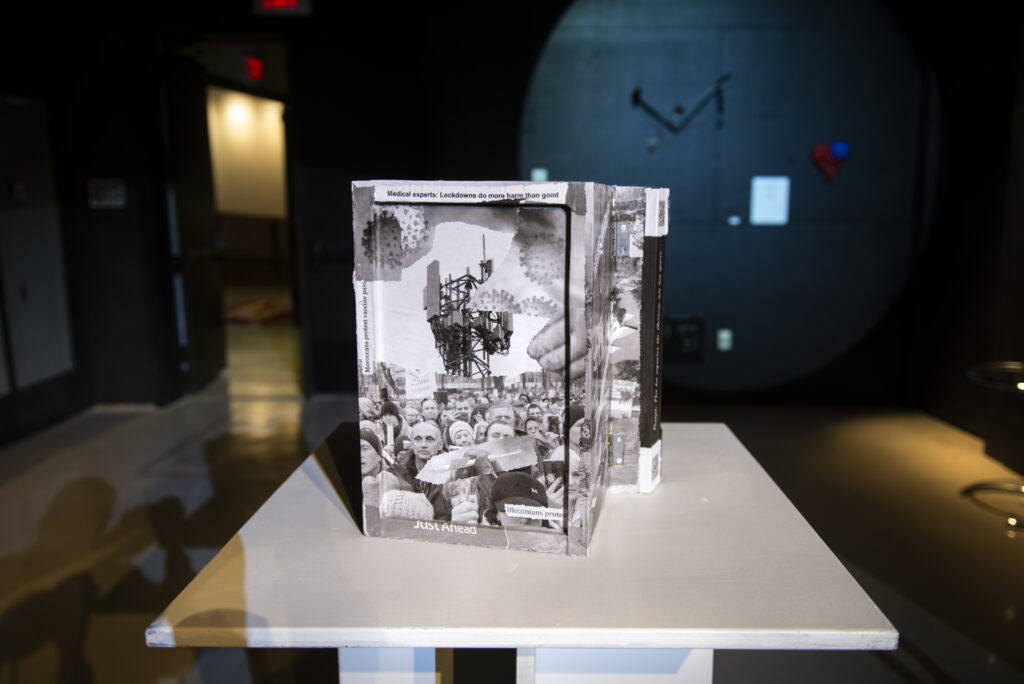INTERROGATING HABITS OF APOCALYPTIC THINKING
Connie Amundson, DC, MA, PhC
AUDIO RECORDING: https://soundcloud.com/prairie-thunder/conversations-with-the-seeress-with-music
Someone once told me, “It is easier for people to imagine an apocalypse than something other than capitalism” (i.e., our current socio-political-economic system). The mainstream media constantly assault us with messages of doom while (mostly) foregoing any reporting of those who are agents of regeneration, revitalization, and restoration. I’m pretty sure technology is not going to get us out of the mess we are in. What will?
In this piece I have re-imagined Völuspá, a poem from the Old Norse Elder Edda, in which Odin, the All-Father of Norse mythology, approaches the Seeress in order to know the future. (In Viking-era society, such seiðr was practiced by a female völva/seeress as described in the medieval Icelandic Eirik the Red’s Saga.) In Völuspá the seeress proceeds to predict the destruction of the gods (Ragnarök), triggered by the death of Odin and Frigg’s favorite son, Balder. Many will be familiar with a version of this tale from the movie Thor: Ragnarok.
PROMPT FOR THE “BOX OF TRANSFORMATION”
This box organizes the Universe into two spaces. Discuss what could make the inside more appealing than the outside.



Additional influences for this piece include:
- Ellen Dissanayake’s article “A Bona Fide Ethological View of Art: The Artification Hypothesis” (2014) for introducing the terms artification and artify to describe a broader idea than art, in that it “deliberately avoids connotations of beauty, skill, depiction, originality, creativity and self-expression that are inherent in the modern Western notion of art…” (57).
- Stephanie Seneff, MD and MIT senior research scientist, whose book, Toxic Legacy (2021), details the harm to human health arising from just one of 85,000 toxic chemicals dumped into our environment every year.
- Zach Bush, MD, for sharing the relative ease and speed with which soil and human health can be restored through regenerative farming practices.
- Paul Stamets, the wizard of mycology, who introduced us to the healing power of mushrooms (and not just the psychedelic ones) and their intricate web beneath the surface of the soil.
Acknowledgments:
- Music by Pamela Gerke
- Technical assistance (sound recording/uploading and creation of the QR code) by Nik Kanetomi
- Carpentry by John Kanetomi
- Installation photos by James Winters
